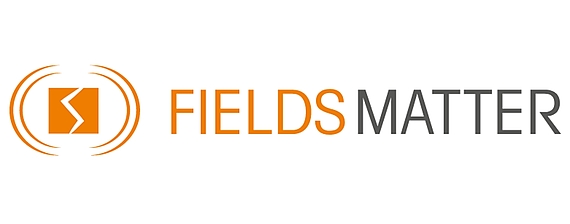Magnetic Field-assisted Chemical Vapor Deposition of Transition Metal Oxides and in situ Investigations on Electronic Structure by X-ray
Topic
Compared to conventional experimental parameters of chemical vapor deposition (CVD) such as temperature, pressure and precursor chemistry, investigations on effects of extrinsic parameters (e.g. magnetic field) are less studied. The results obtained in the initial phase of the SPP on the CVD of transition metal demonstrated strong effects of external magnetic fields on the phase composition, grain growth and densification processes significantly altering the morphology, chemical topography and functional properties of the obtained films. Magnetic field-assisted CVD (mfCVD) of Cr(OBut)4 showed a remarkable modulation of the chemical composition from antiferromagnetic Cr2O3 (zero field) to ferromagnetic Cr3C2 (1.0 Tesla). Similarly, the growth of iron oxide in mfCVD showed strong anisotropy effects in films responsible for enhanced photoelectrochemical properties. The scientific objectives of this application is to (i) correlate the field effects to homogeneous and heterogeneous nucleation by using higher field strengths (up to 4 Tesla) and higher precursor fluxes (University of Cologne) and (ii) understand the growth process and magnetic field effect on an atomistic level by synchrotron based operando X-Ray spectroscopy (PGI-6, Research Center Jülich). For this purpose, conversion of spinel precursor molecules containing both d- and p-block elements ([CoAl2(OR)8] vs. [CoFe2(OR)8] into solid films will be systematically studied with respect to phase segregation and transformation phenomena. This will link the intrinsic properties (e.g. magnetism) of molecular ions and particles to their macroscopic manifestation (grain size and crystallographic structure). The mfCVD experiments together with operando X-ray absorption spectroscopy during film growth will decipher how nucleation, surface diffusion, redox processes and lattice-level interactions are influenced by applied magnetic fields and thus provide a holistic understanding of surface chemistry and precipitation phenomena in growing oxides. This research will demonstrate whether external magnetic fields can expand the experimental space of CVD and provide an additional control parameter for influencing the characteristics of as-grown thin films. Moreover, magnetic field-assisted phase segregation and interfacial reactions in transition metal spinels carrying paramagnetic and diamagnetic central atoms (CoFe2O4 vs. CoAl2O4) will be investigated. For the validation of changes in the chemical topography and surface properties, operando X-Ray spectroscopy of the activation of small molecules (e.g., H2O, CO2) will be performed on films grown in field-enhanced and zero-field conditions. The project activities are supported by the complementary expertise of the SPP members in the field of advanced magnetization measurements of mfCVD samples (RG Gutfleisch), magnetic ordering in thin film samples by solid-state NMR studies (RG Wurmehl) and microstructural changes via high-resolution SEM/TEM (RG Volkert).
Contact person(s)
Prof. Dr. Dr. Sanjay Mathur | Dr. David N. Müller |
|---|---|
University of Cologne Institute of Inorganic Chemistry | Forschungszentrum Jülich GmbH Peter-Grünberg-Institute PGI-6: Electronical Properties |
Greinstraße 4-6 50939 Köln | Wilhelm-Johnen-Straße 52428 Jülich |
Tel: (+49) 221 470 4107 or 4657 | Tel: (+49) 2461 61 5814 |
Fax: (+49) 221 470 4899 | |
Proj.-Nr. MA 2359/27-2 | Proj.-Nr. MU 4591/1-2 |

